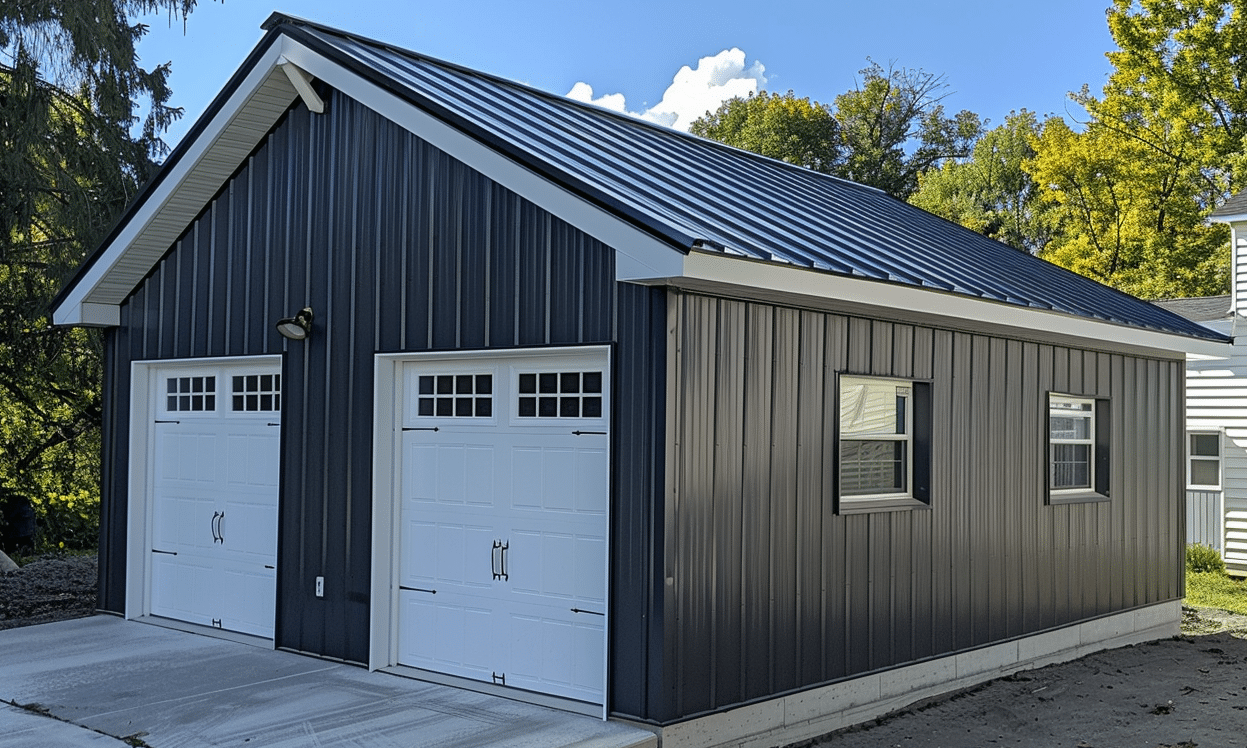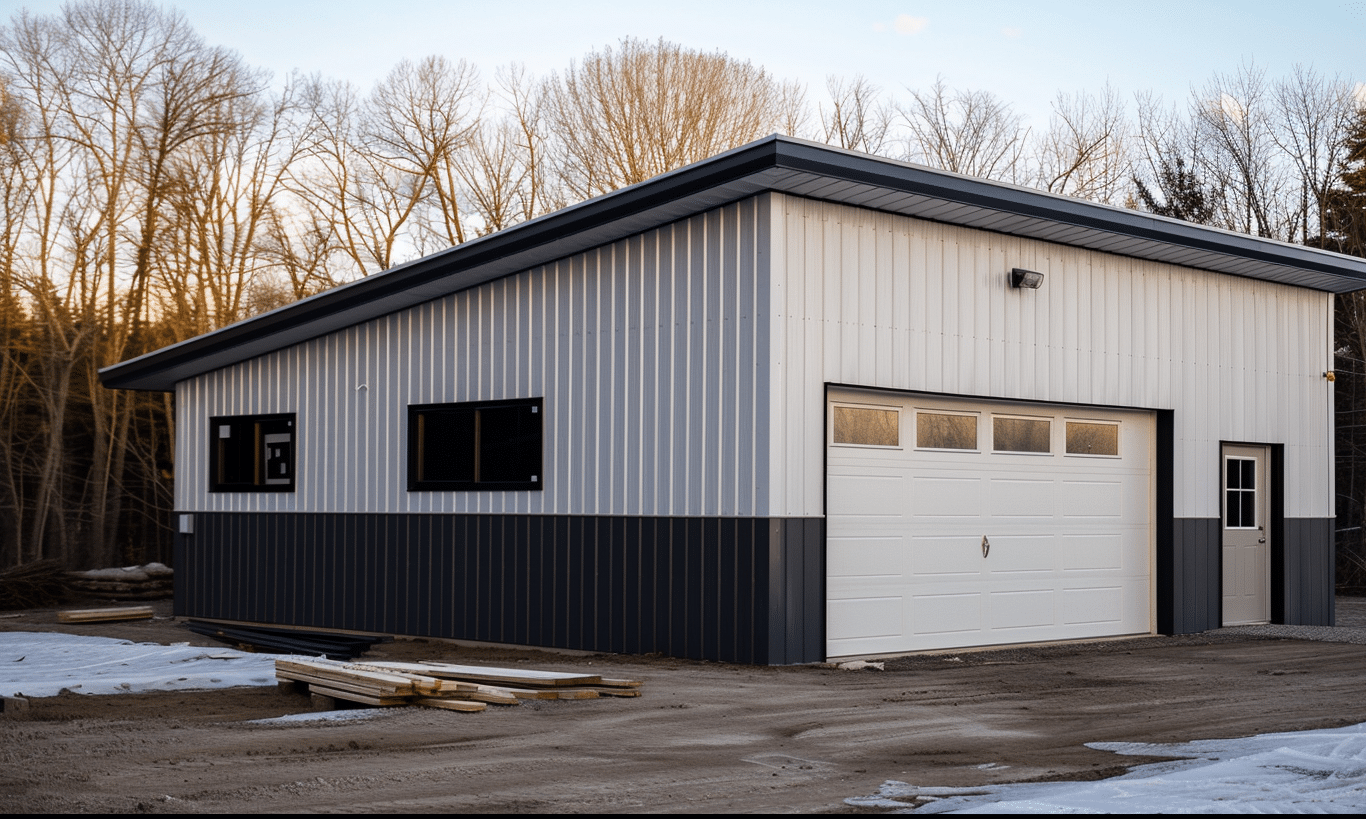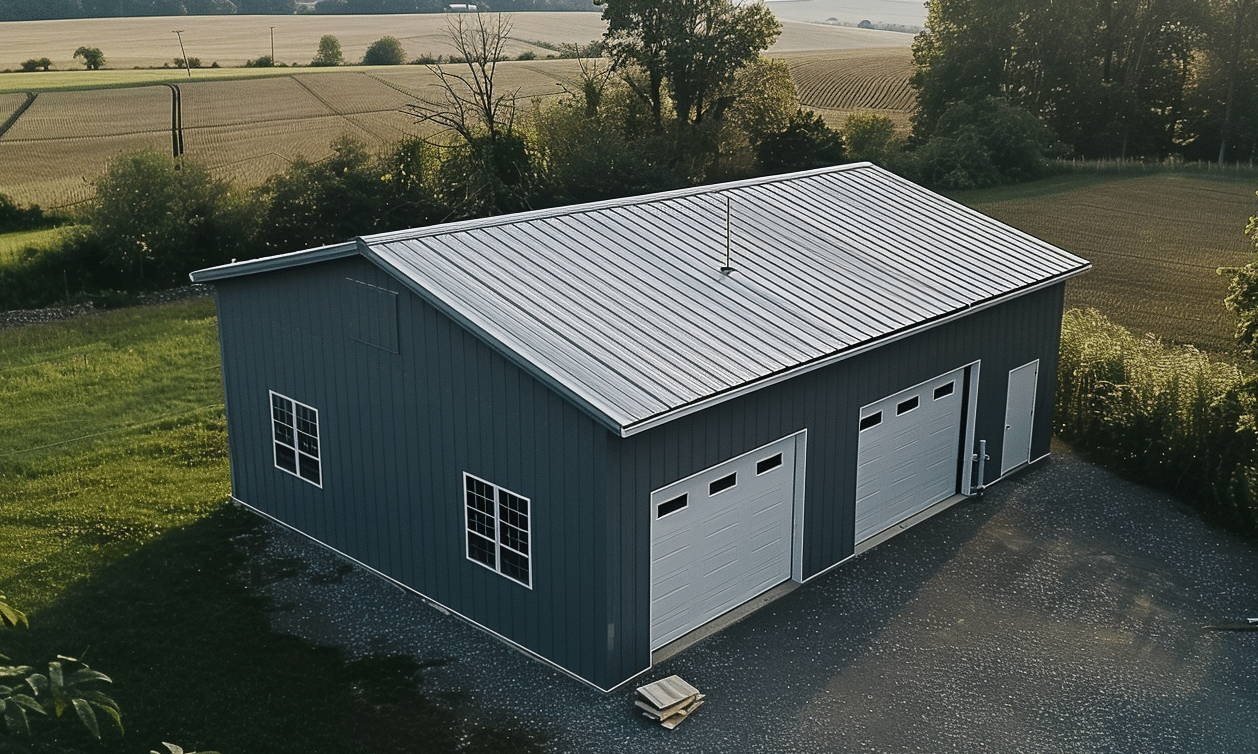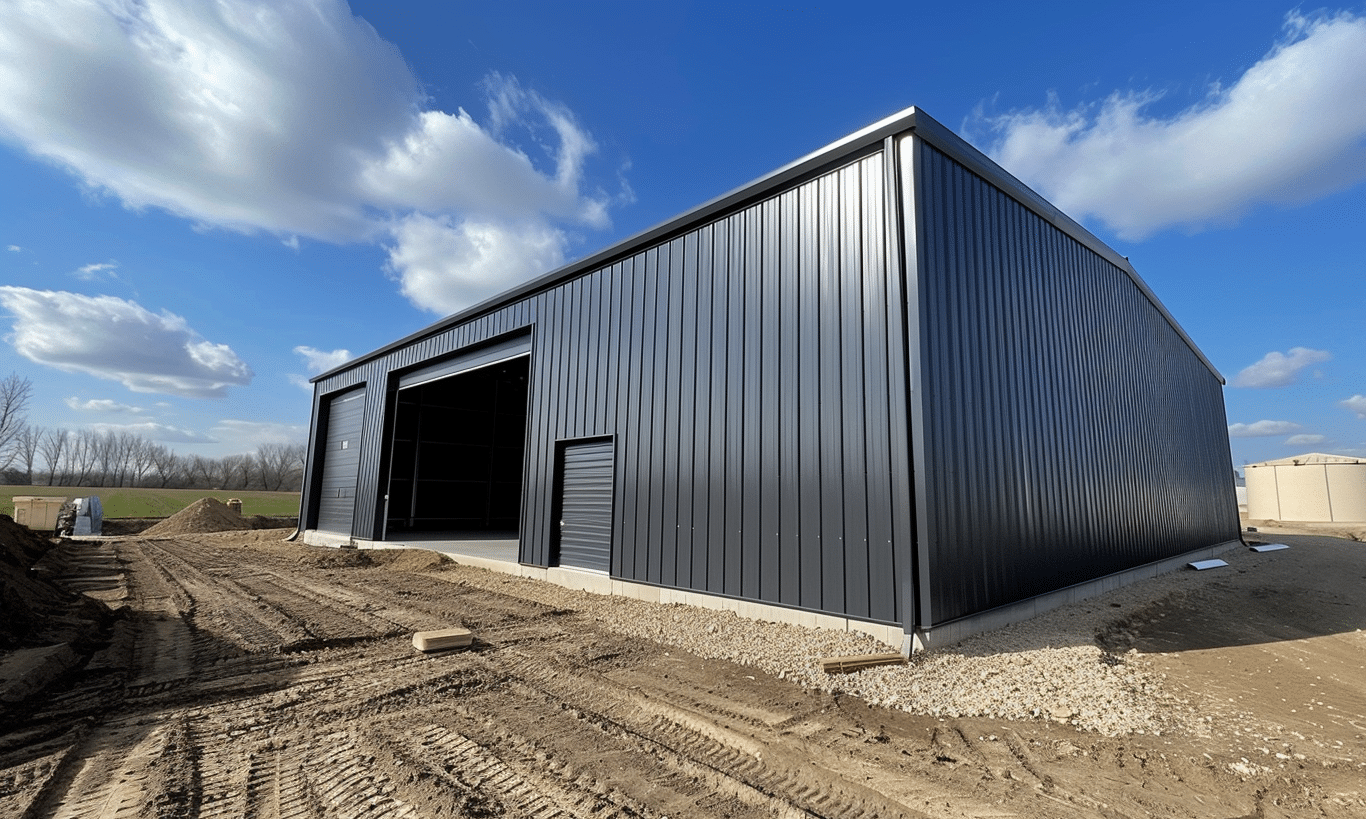In today’s fast-paced world, where climate change and environmental concerns are at the forefront, sustainable building practices have become more than just a trend—they’re a necessity. As cities grow and urbanize, the construction industry finds itself at a critical crossroads that demands adherence to sustainable building codes. These codes not only ensure the long-term safety and durability of buildings but also minimize environmental impact, contributing to a more sustainable future.
You might wonder, how do these sustainable building codes updates affect construction endeavors, and what implications do they have for stakeholders involved? Let’s dive into the latest developments and explore what these changes mean for builders, architects, and homeowners alike.
Sustainable Building Codes: A New Chapter in Construction
Sustainable building codes are evolving rapidly, reflecting a heightened global emphasis on reducing carbon footprints and conserving energy. Updates in these codes aim to integrate innovative solutions and sustainable strategies into the heart of the construction industry. They’re not just about meeting minimum standards anymore but are a guiding framework for future-proofing our built environments.
Natural Resources Canada has issued sustainable building codes emphasizing on green construction methods that harmonize with Canada’s policy goals and international climate agreements. These sustainable building codes updates serve as a compass, directing builders how to shape society’s structural landscape responsibly and effectively.
What Are Sustainable Building Code Updates?
In essence, sustainable building code updates are a set of enhanced regulations and guidelines aimed at improving the energy efficiency, environmental performance, and sustainability of buildings. These updates encompass various aspects of building design, construction materials, and operational practices to minimize energy consumption, reduce waste, and improve indoor environmental quality.
For instance, recent building codes regulations updates introduced new benchmarks for energy efficiency, mandating the use of high-performance windows, enhanced insulation, and energy-efficient HVAC systems. Imagine structures as sophisticated machines that function seamlessly within an ecosystem, these codes ensure buildings play their part in maintaining ecological balance.
The Role of Green Building Certifications
Part of these updates is the development in green building certifications, which serve as a badge of honor for buildings that meet stringent sustainability standards. Certifications such as LEED, BREEAM, and WELL Building Standard provide frameworks for assessing and verifying a building’s compliance with sustainability goals.
These certifications not only boost the marketability of the buildings but also add a layer of trust and assurance to potential buyers or tenants. Institutions and developers with a focus on sustainable practices are likely to reap economic benefits and contribute to environmental conservation.

Implications for Builders and Developers
So, what do these updates mean for those on the ground—the builders and developers tasked with bringing projects to life? Well, it’s a double-edged sword. On one hand, sustainable building codes can add layers of complexity and cost to the construction process. On the other hand, they open up avenues for innovation and allow builders to distinguish themselves in a competitive market by showcasing their commitment to sustainability.
Innovative solutions such as the 60×100 steel building kit offer prefab options that comply with rigorous sustainability standards and can drive cost efficiencies up while maintaining eco-friendly practices. Steel, being 100% recyclable and durable, ranks highly among sustainable construction materials.
Navigating Permits and Local Building Codes
Adhering to sustainable building codes also requires builders to maneuver through a complex web of permits and local building codes. These can vary significantly from one region to another, impacting timelines and budgets. It’s crucial to remain informed on local codes and permit requirements to ensure compliance and smooth project execution.
Overall, builders need to adopt a forward-thinking mindset and embrace the changes brought by sustainable building codes. It’s all about blending traditional building methods with modern sustainability principles to create safe, efficient, and eco-friendly spaces.

The Future of Sustainable Construction
The future of construction lies in the harmonious integration of sustainable practices with cutting-edge technology. Sustainable building codes updates will continuously evolve, reflecting the industry’s changing needs and technological advancements. In this ecosystem, adaptability is key.
Builders and developers must stay updated on the latest sustainable building codes, incorporating state-of-the-art, eco-friendly technologies into their processes. From smart lighting systems to sustainable building materials, there’s a plethora of resources available to builders who are willing to invest in the future.
Moreover, governments and environmental organizations worldwide are offering incentives and assistance programs to promote green construction. Now is the time for builders and developers to tap into these opportunities and lead the charge towards creating a sustainable footprint.

A Parting Thought
The sustainable building codes updates represent more than a regulatory requirement; they symbolize a cultural shift towards responsible and thoughtful urban development. For stakeholders within the construction industry, embracing sustainable building codes means investing in resilience, innovation, and a healthier planet.
As we transform our cities and properties into bastions of sustainability, the implications stretch far beyond compliance—they impact community well-being, environmental protection, and long-term financial benefits. By embedding sustainability at the core of every construction project, builders are not only shaping structures; they’re shaping the future.
In a world that increasingly demands environmental stewardship, let’s rethink, reimagine, and construct with purpose. After all, the buildings we erect today lay the foundations for the communities of tomorrow.










